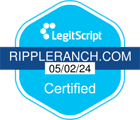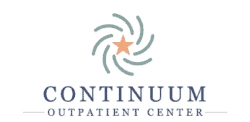What Are the Different Types of Opioids?
There are dozens of types of opioids, which can differ in strength, route of administration, and addictive potential.
Opioid drugs are an umbrella category of narcotic pain relievers and recreational substances. This catch-all term refers to both opioid medication and illicit opioids like heroin, which similarly affect the brain and body.
An opioid's mechanism of action affects the central nervous system through opioid receptors, which can block pain signals from the body from reaching the brain. Additionally, these drugs also have a high addictive potential, creating feelings of euphoria and relaxation.

What Is the Difference Between Opiates and Opioids?
Opiates are a subcategory of opioid types that are derived from natural sources. Drugs such as heroin, morphine, opium, and codeine are derived from the poppy plant. These are considered opiates.
In contrast, synthetic opioid types and semi-synthetic opioid types are drugs created in a laboratory, including fentanyl, hydrocodone, oxycodone, and methadone.
The term “opioid” refers to all these drugs. So, while heroin is both an opioid and an opiate, fentanyl should only be referred to as an opioid. 1
Prescription Opioids
Prescription opioids, drugs that are commonly prescribed for the treatment of pain disorders, come in many different forms. The different types of opioids are often used to treat different varieties of pain and can come in several shapes, sizes, and potencies.
Risk of Prescription Opioid Use
Using opioids for chronic pain comes with a significant risk: opioids are highly addictive, and addiction to opioids can occur even if you’ve taken the medication as prescribed.
While prescription opioids usually come in pill form, there are several varieties and routes of administration. These will be detailed below.
Common Opioids
The most common opioids come in the following forms:
Illicit Opioids
Illicit opioids, such as fentanyl or heroin, may come in other forms as well, including:
What Are Opioids Approved For?
Most opioid prescriptions include specific instructions for how they’re to be taken. For example, some are supposed to be dissolved under the tongue — while others need to be swallowed.
The short-term effects of opioids provide most of their medicinal uses, and different types of opioids are used for different purposes. The most common prescription is for some kind of pain, including:
While opioids for chronic pain used to be a common prescription, this practice has been dramatically reduced in recent years. Your physician may suggest alternatives to opioids for long-term pain, such as Tylenol or ibuprofen.
Learn More About Ripple Ranch Recovery Center
Our team is standing by to discuss your situation and options. Your call is fully confidential, and no obligation is required.
Addiction to opioids is a genuine concern, with over 2.2 million people in the United States alone suffering from an addiction to prescription pain relievers. 2
Indications of Opioid Addiction
The most common signs of opioids addiction include the following:
Understanding Opioid Addiction
Addiction to opioids can occur even if you have taken your medication as prescribed. Further, an addiction to medical opioids often leads to illicit opioid use — and puts people in danger of an accidental opioid overdose.
In the past, long-acting opioids were thought to be less addictive, yet this has proved to be categorically untrue. Experts now believe they’re just as dangerous as other opioids.
The different types of opioids serve several different purposes. There are long-acting opioids, short-acting opioids, potent opioids, and even opioids that are used in the treatment of opioid addiction. Just some of the types of opioids include:
This is by no means a comprehensive opioid list of drugs.
Risk of Opioid Use
While it’s difficult to classify opioids by strength, the synthetic opioids fentanyl and carfentanil are some of the most potent opioids available. Misusing these substances can lead to accidentally overdosing on opioids, as they’re powerful opioids that only a tiny amount can be fatal.
Why Are Opioids Addictive?
Addiction is one of the potential long-term effects of opioids. Like most misused drugs and medications, opioids can affect the brain’s reward network in ways that lead to opioid addiction.
Opioids’ mechanism of action targets opioid receptors in the brain — but in doing so, opioids also release a strong surge of dopamine. Dopamine has been repeatedly linked to learning, a sense of reward, and repetitive behaviors. 3
Impact of Opioids on the Brain
After people use opioids, synthetic opioids, or semi-synthetic opioids for an extended period, structural changes in the brain make it more difficult to feel rewards for other pleasurable activities. It also makes it more likely for people to return to opioid use again and again.
Does Everyone Who Is Prescribed an Opioid Become Addicted?
While the risk for opioid addiction is present for everyone, some people who take opioids don’t become addicted.
The risk increases for people who take opioids in larger doses or for extended periods. Several other variables also play a role, including genetics, social factors, and the presence of a co-occurring mental illness.
People who become addicted to opioids run the risk of overdosing on opioids, struggling with everyday responsibilities, and other long-term consequences.

Opioids side effects include the following:
Some of these side effects
of opioids are more common than others, and you should speak to your physician if any of these affect you.
Do Opioids Cause Withdrawal Symptoms?
Taking opioids for an extended period can lead to opioid withdrawal. Withdrawal from opioids is intensely difficult and uncomfortable. It’s often compared to having a very severe flu.
However, treatment at a detoxification facility can help people complete withdrawal from opioids safely and effectively. Legal synthetic opioids and other medical treatments can minimize withdrawal symptoms and help people achieve sobriety. 4
Get Treatment for Opioid Addiction at Ripple Ranch
If you or a loved one is struggling with opioid addiction, opioid treatment can make it much easier to build a lasting life in recovery. Ripple Ranch provides comprehensive medical detox services, residential treatment, and a focus on evidence-based care proven to help people overcome their addictions.
When you’re ready to start treatment, reach out to Ripple Ranch and start your path to recovery today.





